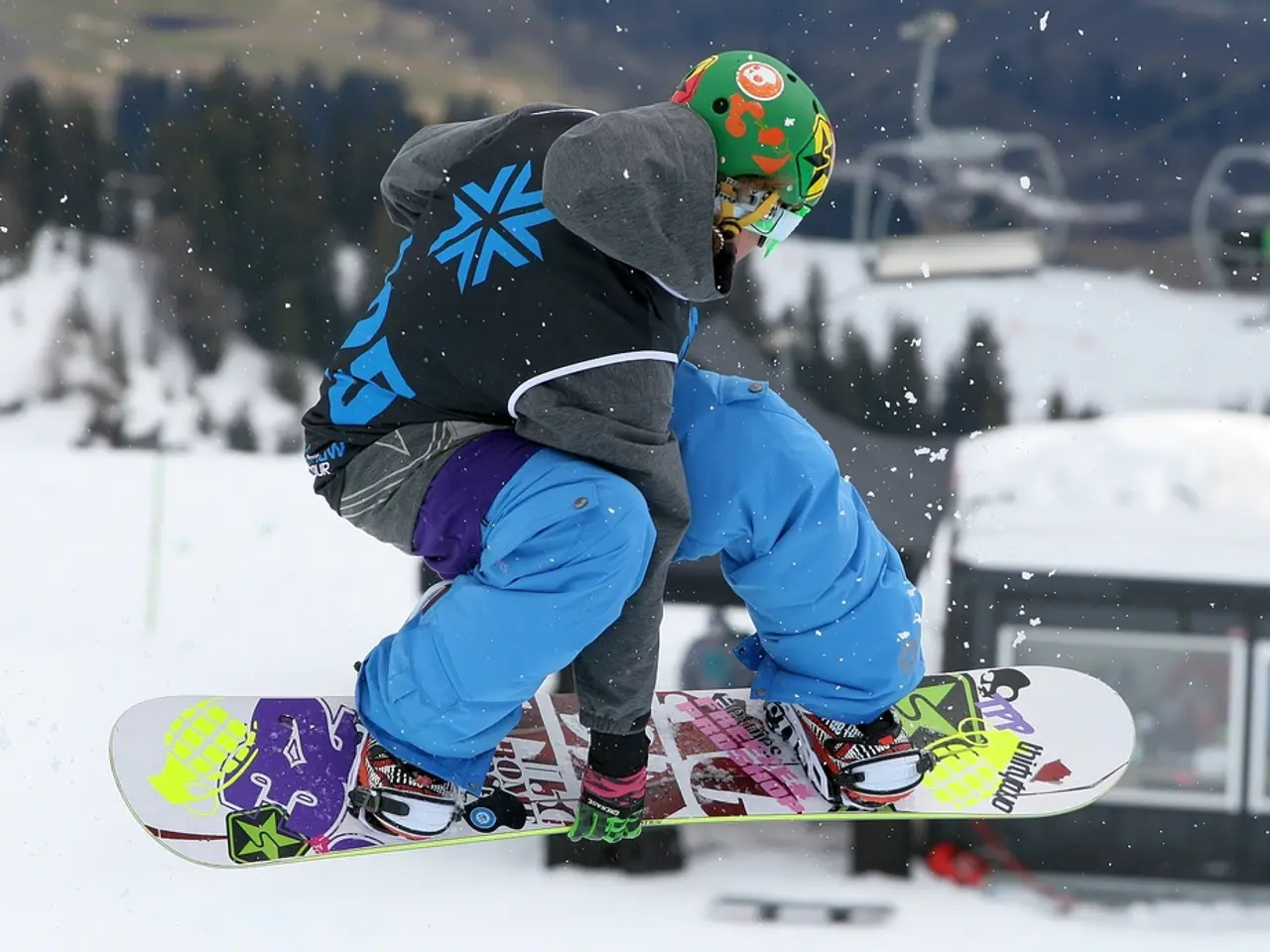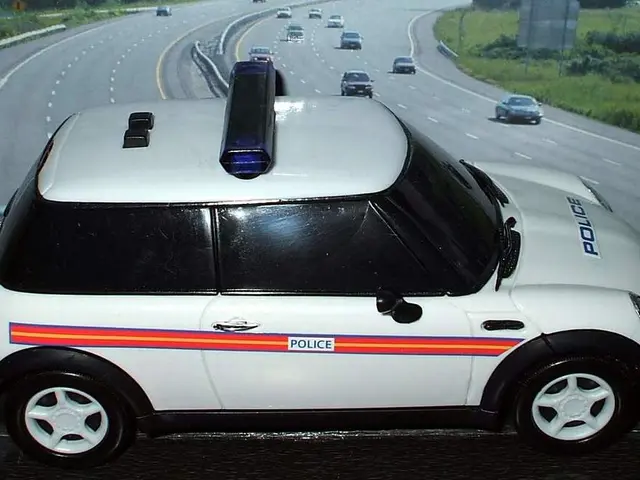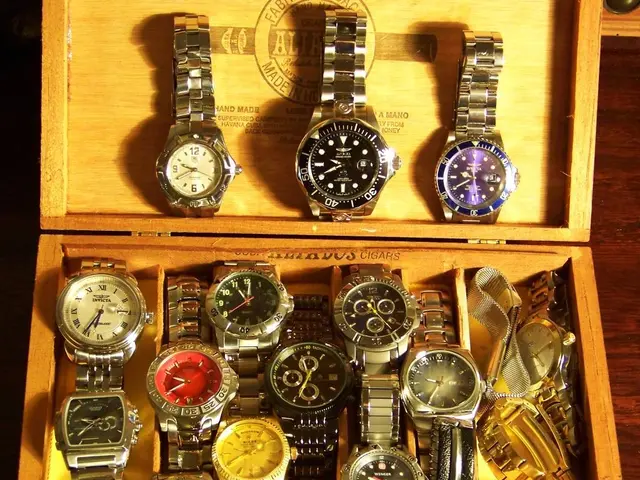Comprehensive Insight into Action Camera Shields
Action cameras are the go-to devices for capturing thrilling moments in extreme sports and harsh environments. However, these tiny devices are vulnerable to damage from water, dirt, and impact. To ensure the longevity and quality of your action camera, an action camera protector is a necessity. Here's a guide to the various types of protectors available and when to use them.
## Types of Action Camera Protectors
### Durable Casings
Made from materials like polycarbonate or rubber, these cases provide physical impact resistance and environmental protection. Ideal for extreme sports like surfing, skiing, or mountain biking, they offer protection against drops, water, and dust (usually IP67 or higher rating).
### Underwater Housings
Specially designed for underwater use, these housings protect the camera from water pressure and allow clear footage underwater. They are best for activities like scuba diving, snorkeling, or surfing where the camera needs to function underwater.
### Shock-Absorbing Mounts
Incorporating materials like rubber or foam to absorb shocks and vibrations during high-impact activities, these mounts reduce the risk of camera damage from sudden impacts and ensure stable footage. They are suitable for activities like skydiving, downhilling, or motocross.
### Magnetic Mounts with Protective Casing
Combining a magnetic attachment with a protective casing, these mounts secure the camera in place while providing easy camera mounting. Ideal for activities where the camera needs to be swiftly attached and detached, such as motorcycling or car racing.
## Best Practices for Protection
To ensure your action camera remains in top condition, follow these best practices:
1. Regular Inspections: Check the camera and its protector for signs of wear or damage. 2. Proper Mounting: Ensure mounts are securely fastened to prevent accidental detachment during use. 3. Updating Firmware: Keep the camera's firmware updated to ensure optimal functionality and security. 4. Protective Gear for Accessories: Use protective conduit covers for cables to prevent damage from movement or collisions.
By choosing the right protector and following these best practices, you can capture your adventures without worrying about the safety of your camera, whether you're diving deep under the sea or racing down the mountains.
Screen protectors, made from tempered glass or plastic, protect the camera's display and lens from scratches and cracks without compromising on clarity. Hard cases offer robust protection, ideal for extreme sports and activities, often with waterproof capabilities and shock absorption features. Silicone cases offer basic protection against scratches and minor bumps.
Protectors specifically designed for lens protection are crucial for maintaining image quality. Choosing the right protector depends on the nature of activities and the environments you'll be exploring. Hard cases are ideal for high-impact sports, while waterproof housings are essential for underwater photography.
Regular maintenance, including cleaning the protector after exposure to harsh conditions, checking for any damage, and replacing it if necessary, is crucial to ensure the camera's protector continues to perform optimally. With the right protector, you can push the limits of your adventures while ensuring your action camera remains your trusted companion.
- For extreme sports like surfing, skiing, or mountain biking, durable casings made from materials like polycarbonate or rubber offer protection against drops, water, and dust, making them a suitable choice for capturing your action-packed moments.
- To continue capturing pristine footage underwater during activities like scuba diving, snorkeling, or surfing, underwater housings are specifically designed to protect your action camera from water pressure and ensure clear underwater footage.
- During high-impact activities like skydiving, downhilling, or motocross, shock-absorbing mounts reduce the risk of camera damage from sudden impacts and ensure stable footage, thus ensuring your adventures are safely documented.




